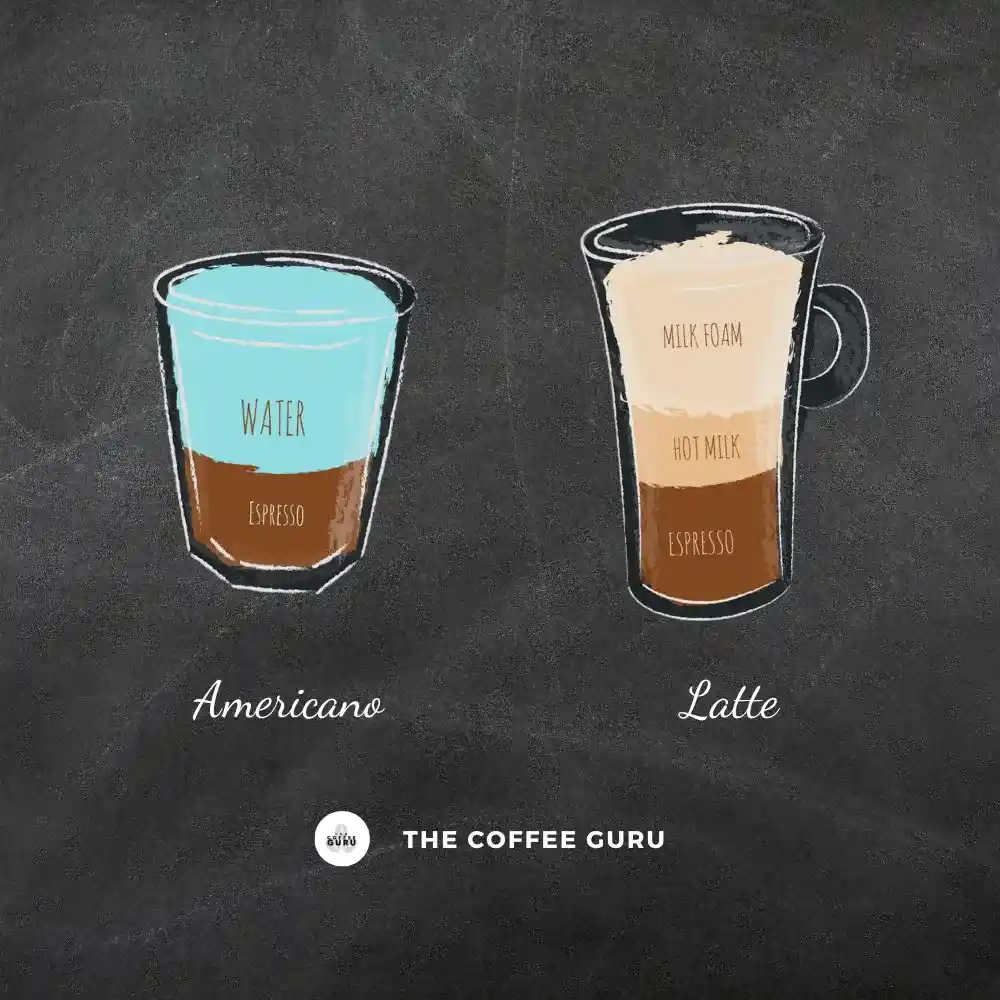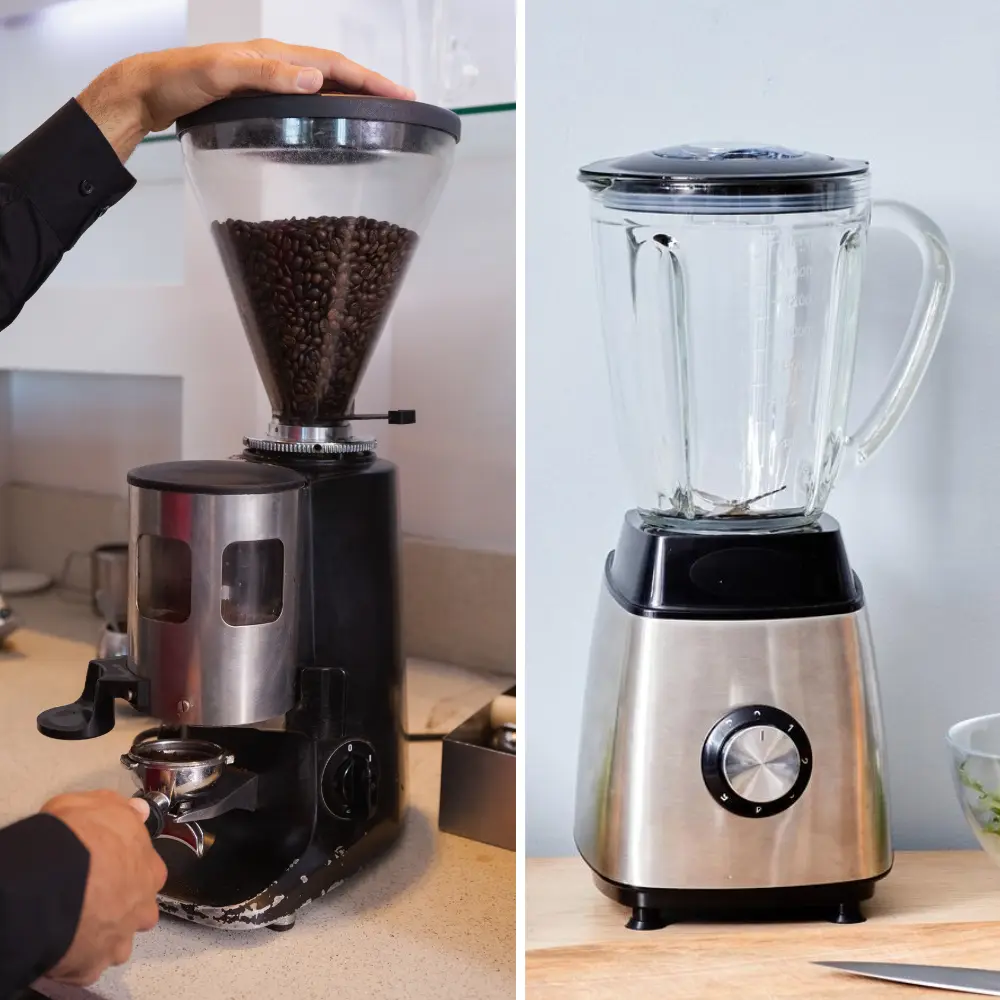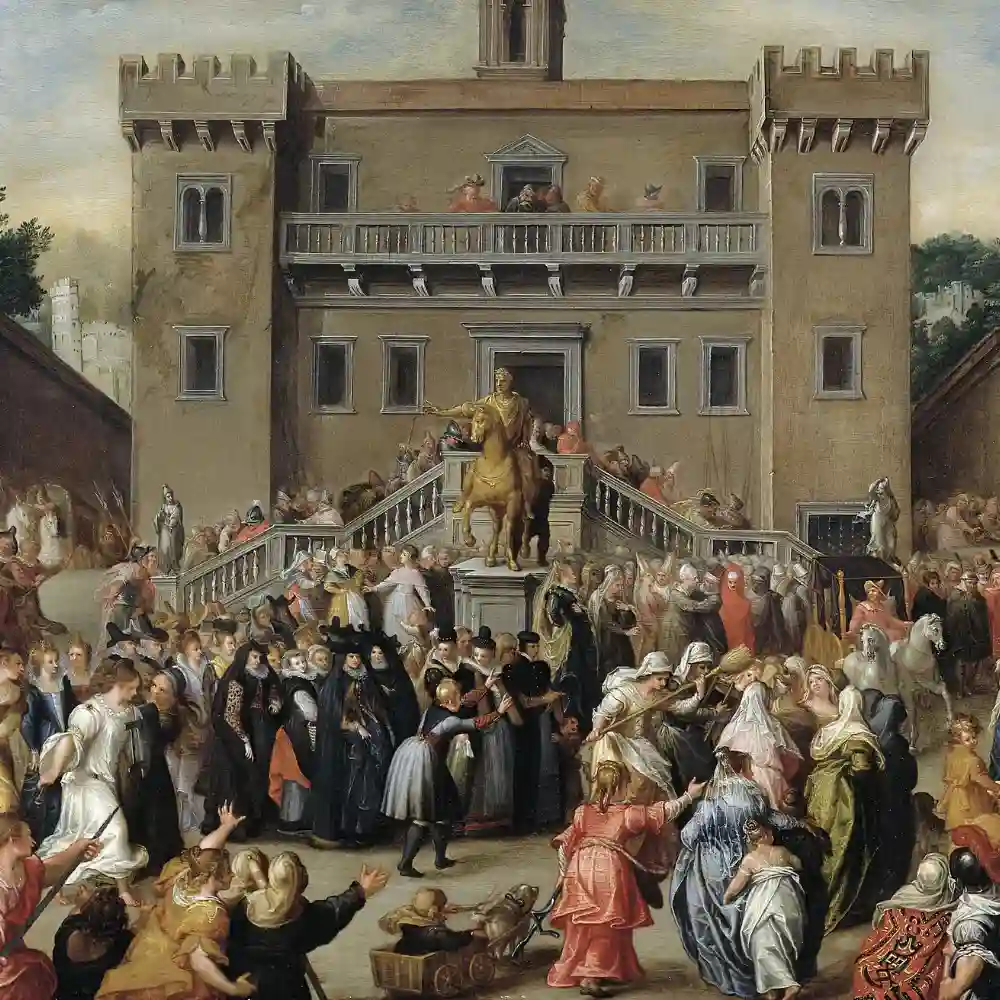Imagine this: you’re standing in your favorite coffee shop, eyeing the menu, and you’re caught between the choice of an Americano and a Latte. The question nags at you: what’s the real difference between an Americano and a Latte? Are they not both based on the same foundational espresso shot? Understanding these differences can enhance your coffee experience and allow you to truly appreciate the art that goes into creating these beloved beverages.
In our comprehensive guide titled “Americano vs. Latte: A Deep Dive into Two Iconic Espresso-Based Beverages”, we will be taking a detailed look into these two popular coffee choices. This is more than just a taste test; we’ll explore the rich histories, unique brewing techniques, and distinctive flavor profiles that set them apart. Prepare to embark on a journey that will deepen your knowledge and appreciation of these caffeinated classics. Whether you’re a seasoned coffee connoisseur or a curious novice, this exploration of Americano vs. Latte promises to be as informative as it is engaging. So, let’s dive in, shall we?
Americano vs. Latte: Key Takeaway
- The Tale of Two Espressos: The Americano and Latte, though both espresso-based, offer distinctly different flavor profiles and experiences, with the Americano providing a robust, intense coffee taste and the Latte delivering a creamy, smooth texture.
- The Cultural Cup: Each beverage carries unique cultural narratives and experiences – the Americano represents traditional coffeehouse culture, while the Latte resonates with modern aesthetic trends, especially on social media platforms like Instagram.
- Nutrition in Every Sip: The nutritional content of these beverages varies significantly. The Americano is a lower-calorie option, whereas the Latte, due to the addition of milk, has a higher caloric value and provides protein and calcium.
- A Feast for the Eyes: The visual appeal of these drinks adds to the overall experience. The clear aesthetic of an Americano contrasts beautifully with the creative and elaborate latte art seen in a Latte.
- Personalize Your Palette: Ultimately, the choice between an Americano and a Latte comes down to personal preference. Whether it’s the bold intensity of an Americano or the milky smoothness of a Latte, both drinks offer unique ways to enjoy the beloved espresso.
Understanding Americano
The world of coffee is filled with a myriad of choices, each unique and special in its own way. From the strong, bitter taste of the Turkish coffee to the smoothness of the Café Au Lait, the options are endless. Among these options stands the Americano, a simple yet intriguing coffee beverage that captures the heart of many coffee enthusiasts worldwide.
What is an Americano?
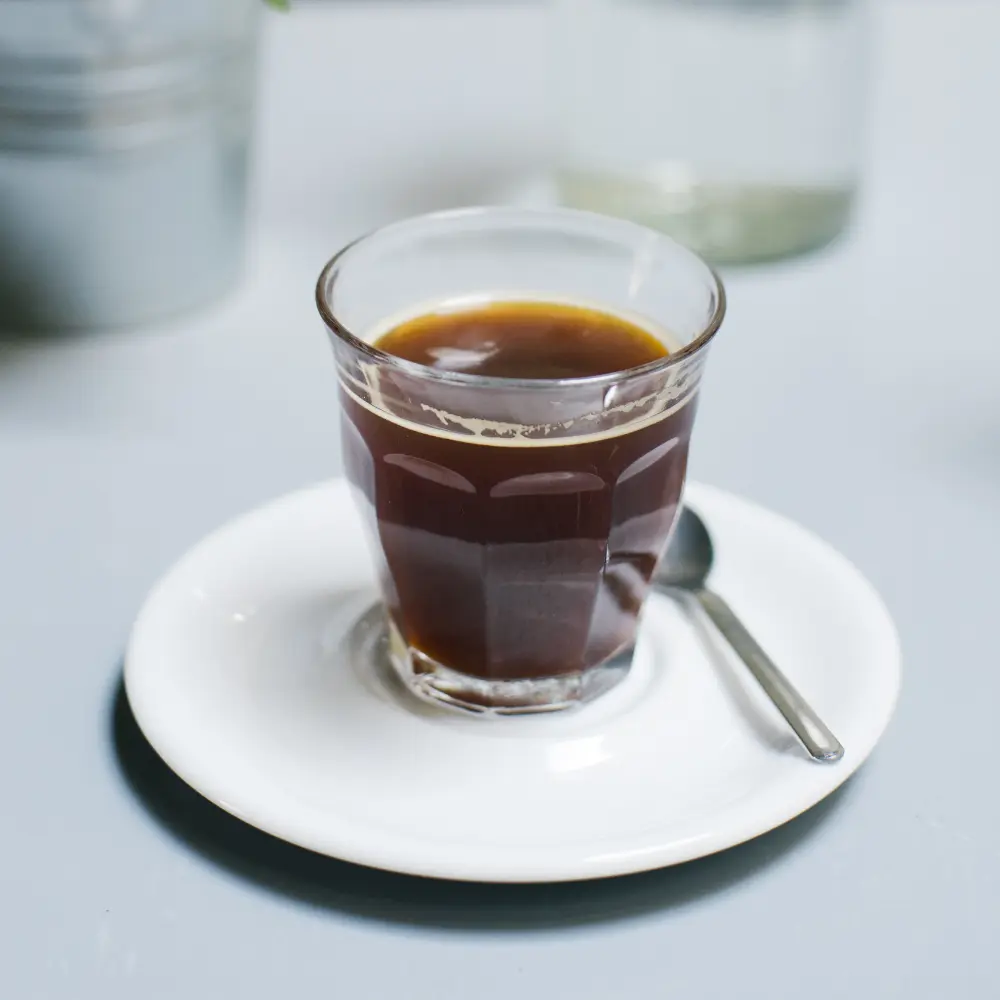
An Americano, known more formally as a Café Americano, is a coffee drink prepared by diluting an espresso shot with hot water. This unique method creates a strong coffee, but not quite as bold as a shot of espresso. The Americano has the same rich, full-bodied flavor as espresso, but its dilution allows for a larger serving, and, to some, a more enjoyable sipping experience. (1)
- The Americano typically starts with a single or double shot of espresso.
- Hot water, generally twice the volume of the espresso shot, is then added to dilute the espresso.
- This results in a coffee that’s similar in strength to traditional drip or filter coffee but maintains the unique flavors and complexity of the espresso.
The Story Behind the Name
The history of the Café Americano dates back to World War II. American soldiers stationed in Italy found the local espresso too strong compared to the drip coffee they were accustomed to back home. To replicate the coffee strength and volume they were used to, they began diluting the strong Italian espresso shots with hot water. This led to the creation of the “Americano” or the “American coffee,” a fitting tribute to its war-born history and the ingenuity of American soldiers abroad.
Americano Brewing Technique: How It’s Made
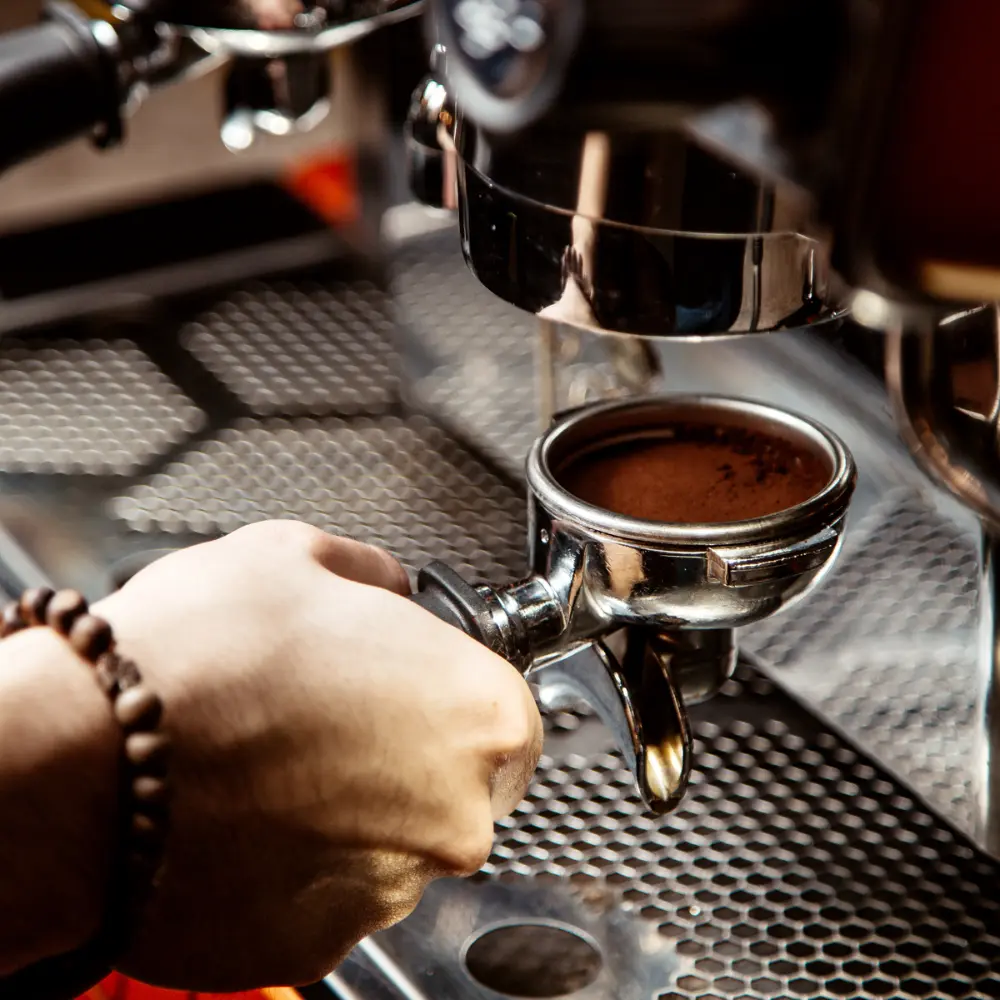
The process of brewing an Americano might seem straightforward, but the method used can greatly affect the final taste and quality of the drink. An Americano is made by pulling a shot (or shots) of espresso, and then adding hot water. The exact order and ratio of water to espresso can vary, but most baristas add the water to the espresso (rather than the other way around) to preserve the crema – the layer of foam on top of a freshly pulled shot of espresso.
- The process begins by finely grinding high-quality coffee beans.
- These grounds are then firmly packed into the espresso machine’s portafilter.
- Hot water is forced through these tightly packed grounds at high pressure, resulting in a concentrated espresso shot.
- Finally, hot water is added to the espresso, creating a balanced, full-bodied Americano.
The magic of the Americano lies in its simplicity. It’s the harmony between the boldness of espresso and the dilution of water that gives the Americano its distinct taste and appeal. From its origin story to its unique brewing technique, the Americano truly stands as a testament to coffee’s enduring versatility and global appeal.
The Art of Making a Latte
Among the pantheon of espresso-based drinks, the Latte holds a special place, offering a comforting, creamy texture and a versatile platform for flavors and creativity. A favorite for many coffee lovers, its intricate preparation process is indeed an art in itself.
What Makes a Latte Special?

A latte, or more formally, a café latte, is an espresso-based beverage that combines espresso and steamed milk, often adorned with a final touch of foam on the top. (2) The magic of a latte lies in the harmonious balance between the rich, robust taste of the espresso and the smooth, creamy texture of the milk.
- The typical latte consists of one part espresso, two parts steamed milk, and a small layer of milk foam on top.
- The steamed milk used in a latte is given its creamy texture through a process known as ‘texturing’ or ‘frothing’ where the milk is heated and aerated to create tiny, uniform bubbles.
- The result is a beverage that’s rich yet balanced, combining the intensity of espresso with the creaminess of dairy, making it a perfect choice for those who prefer a milder coffee experience.
From Vienna to the World: The Latte’s History
The origins of the latte are believed to trace back to the 17th century in Europe, where “café au lait” (French for “coffee with milk”) was a popular breakfast drink. However, the modern incarnation of the latte, as we know it, began in Italy, particularly in the vibrant cafés of Milan. Interestingly, the word ‘latte’ simply means ‘milk’ in Italian.
The art and culture of lattes spread rapidly across the globe and found a fertile ground in the coffee culture of America in the late 20th century. Today, lattes have evolved into a canvas for creativity and personal expression, with baristas across the world experimenting with various flavorings, milk alternatives, and of course, latte art.
Perfecting the Latte Art: A Barista’s Guide
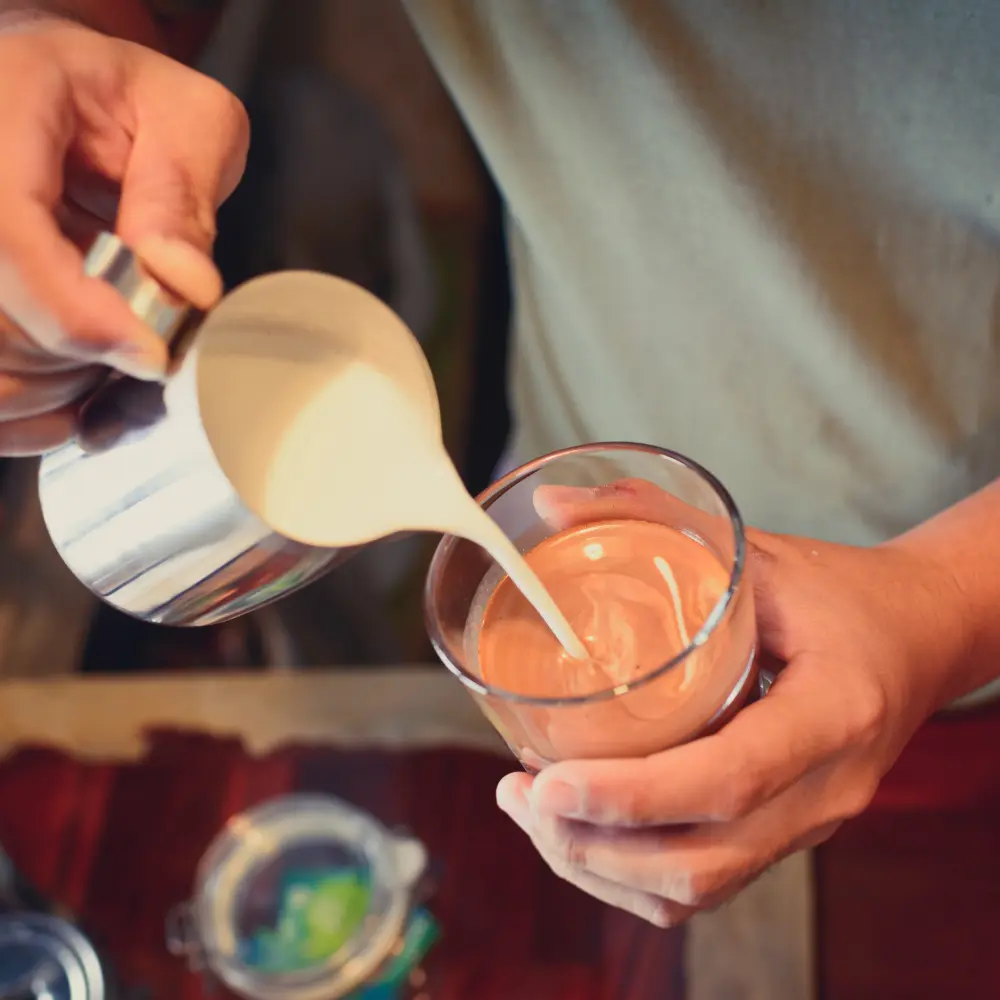
Latte art is the finishing touch that turns a cup of coffee into a canvas, elevating the process of making a latte into an artistic endeavor. It involves creating designs on the surface of a latte by skillfully pouring steamed milk into the espresso, forming contrasting patterns and shapes.
- To create latte art, the process starts by texturing the milk. This involves heating and aerating the milk to create a velvety microfoam.
- Once the espresso shot is pulled, the textured milk is then poured from a height into the espresso, creating a base for the design.
- As the cup gets fuller, the pouring height is reduced, which allows the foam to come to the surface and create the desired pattern.
- With practice and precision, baristas can create a variety of designs from simple hearts and rosettes to complex, intricate etchings.
Latte art not only adds a visually pleasing aspect to the drink but also enhances the overall coffee experience. It is a testament to the skill and precision of the barista, showcasing their expertise and passion for the craft. A beautifully presented latte, served with skill and flair, provides a sensory delight that goes beyond taste, making every sip a truly immersive experience.
Tasting the Difference: Flavor Profiles Explored
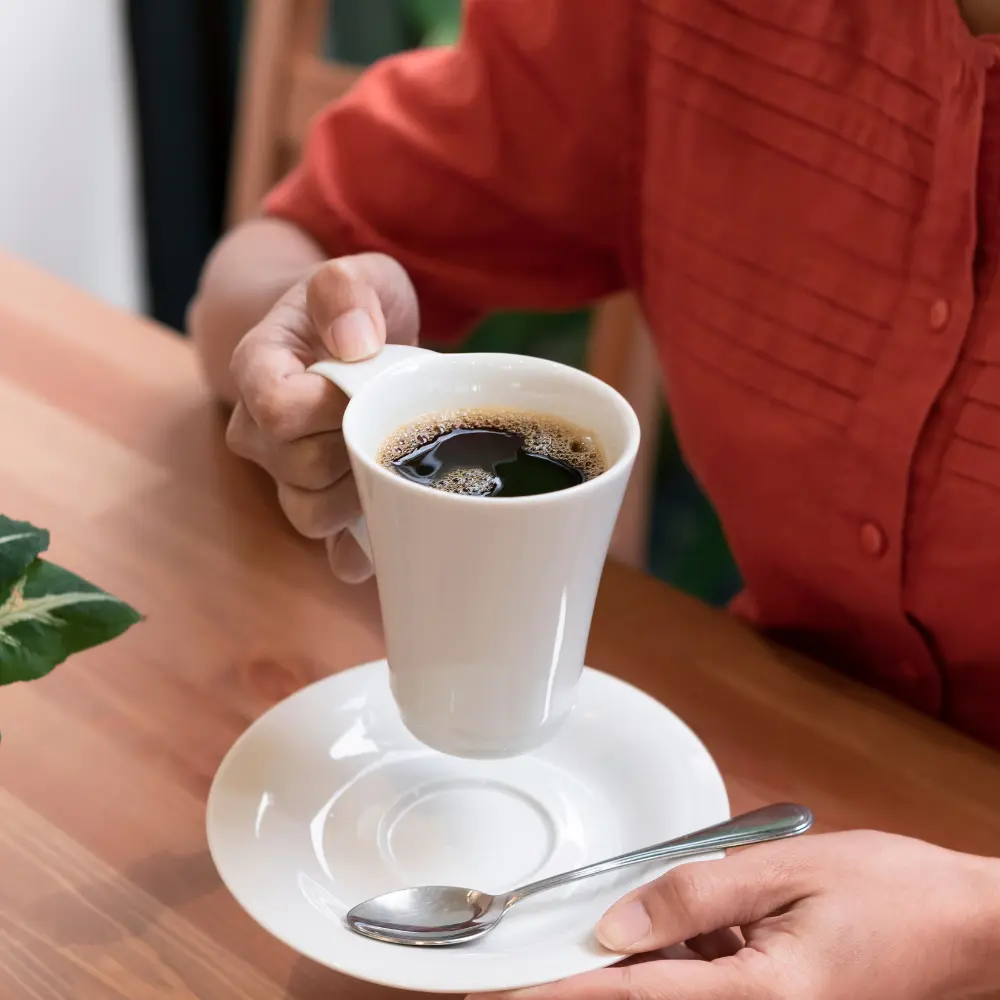
When it comes to comparing a Latte vs Americano, the difference is quite remarkable. Despite their shared basis of espresso, the taste, texture, and overall drinking experience differ significantly due to the varying proportions of water, milk, and the method of preparation.
What Does an Americano Taste Like?
An Americano presents a robust and bold flavor, owing to the espresso’s intense, concentrated nature, tempered by the addition of hot water. It maintains the depth and richness of the espresso but is more dilute, which allows for a smoother, longer drink, comparable to conventional filter coffee.
- The flavor of an Americano can vary significantly based on the type and quality of coffee beans used, as well as the roast level.
- A well-brewed Americano typically presents a balanced acidity, deep flavor notes, and a lingering aftertaste.
- It lacks the milky creaminess of a latte, providing a more straightforward coffee flavor that is appreciated by those who prefer their coffee strong and unadulterated by dairy.
Latte: A Creamy and Smooth Delight
A latte, on the other hand, offers a much creamier and smoother taste profile. The substantial addition of steamed milk reduces the bitterness of the espresso and lends a velvety mouthfeel that makes the latte a comforting, indulgent drink.
- In a latte, the taste of the espresso is mellowed, and the bitterness is significantly reduced, making it an ideal choice for those who prefer milder coffee beverages.
- The texture plays a crucial role in a latte’s flavor experience. The frothed milk provides a soft, creamy consistency that contrasts pleasantly with the robust espresso.
- Lattes can also be flavored with various syrups, adding another layer of complexity to their taste profile.
The Role of Espresso in Both Beverages
At the heart of both the Americano and the Latte is the espresso. It forms the base from which both drinks are created, and as such, the quality and taste of the espresso significantly impact the final flavor profile of both drinks.
- A good espresso has a complex range of flavors, from sweet and fruity to dark and bitter. The extraction process, the grind size, and even the pressure can affect the flavor.
- In an Americano, the espresso’s taste is more pronounced due to the lack of milk, while in a latte, the espresso’s intensity is balanced with the addition of steamed milk.
- The type and roast of coffee beans used for the espresso will also play a key role in defining the character and flavor of both the Americano and the Latte.
Influences on Flavor: The Role of Bean Origin and Roast
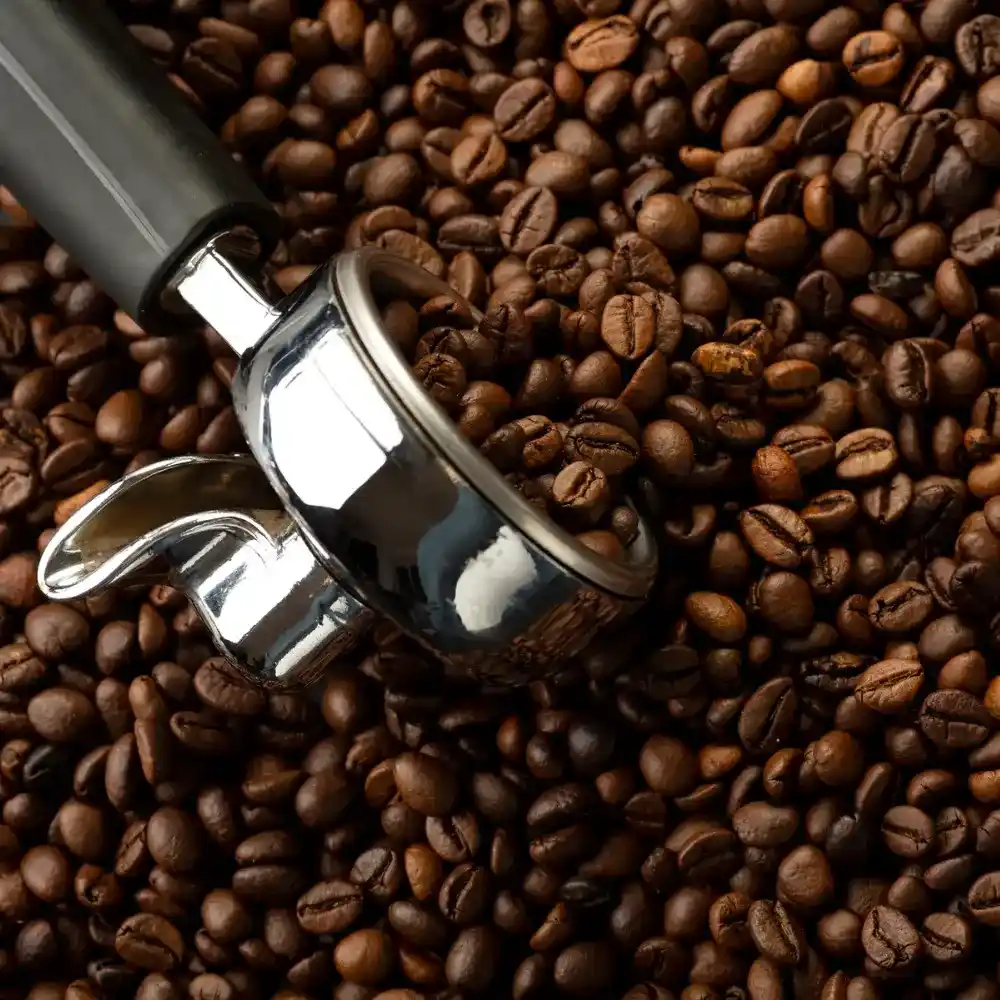
When talking about the taste of any coffee-based beverage, we cannot overlook the importance of the coffee bean’s origin and roast. These two factors play a significant role in determining the flavor and quality of the final drink, whether it’s an Americano, Latte, or any other coffee variant.
The origin of the coffee bean speaks volumes about its flavor profile. The soil, climate, and altitude where the coffee is grown can impact its taste and aroma.
- Beans from Africa, such as those from Ethiopia and Kenya, are often characterized by vibrant acidity and fruity, floral notes.
- Latin American coffee beans, such as Colombian or Costa Rican, are typically well-balanced with bright acidity and notes of nuts or chocolate.
- Asian coffee, like the ones from Sumatra, is generally full-bodied, earthy, and low in acidity.
Roast Profiles
The roasting process further amplifies or alters these flavors. During roasting, the coffee beans undergo a transformation as heat is applied, causing the green coffee beans to brown, and the flavors to develop.
- Light roasts are usually milder, preserve more of the original coffee character, and can exhibit more acidic flavors.
- Medium roasts strike a balance, often featuring a balance of acidity, sweetness, and a fuller body. This is the most common roast used in many coffee shops.
- Dark roasts are bold, rich, and full-bodied. They usually have low acidity, and a heavy body, and tend to reveal deeper, toasted flavors, often with notes of chocolate or smoky elements.
When it comes to Americanos and Lattes, the choice of bean origin and roast level can greatly influence the final taste. A darker roast could complement the milk in a latte, providing a rich, bold backdrop against the creamy milk. On the other hand, a medium roast or single-origin bean with distinct flavors might shine through when used in an Americano, where there’s no milk to soften the coffee’s robust character.
It’s essential to note that coffee’s enjoyment is subjective. Some might prefer a dark roast Americano, while others might enjoy a light roast Latte. It’s all about personal preference and the joy of discovering what combination suits your palate the best.
Milk Matters: A Dairy Dilemma
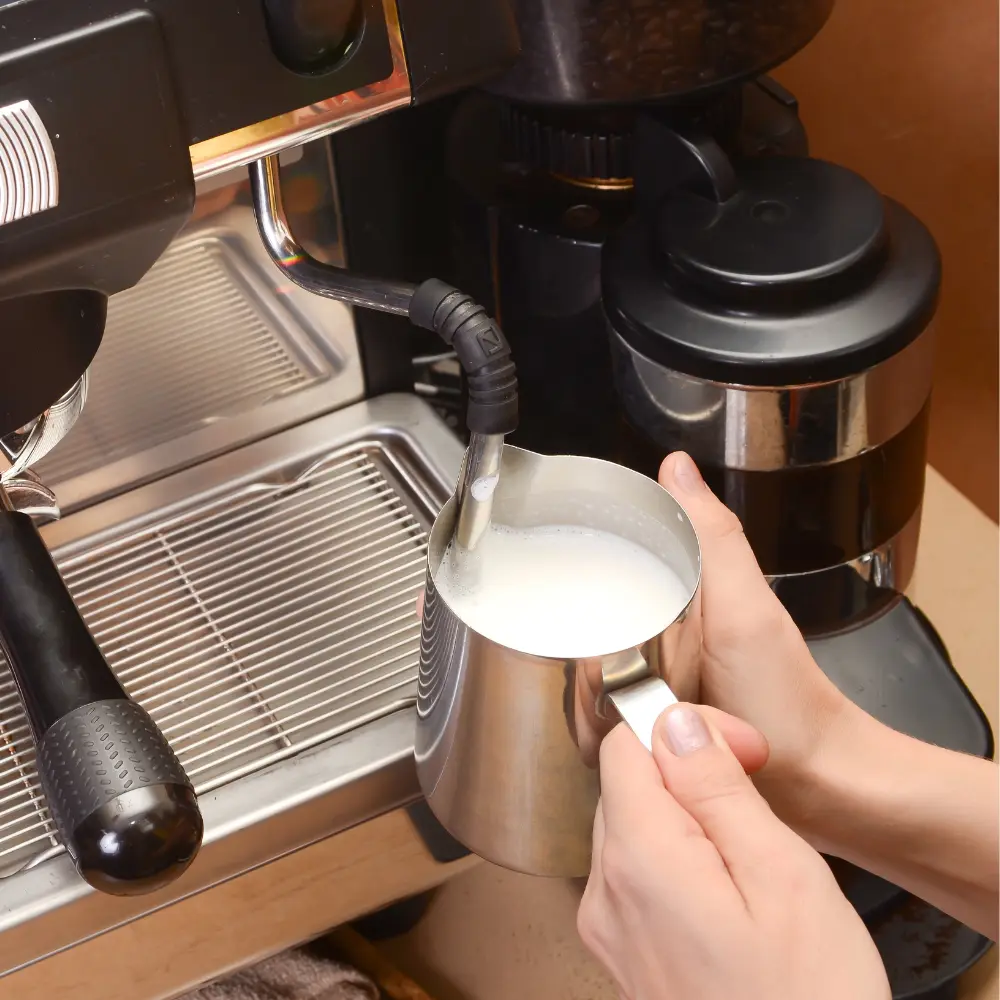
Milk can be a game-changer in coffee-based beverages. It has the ability to transform the flavor profile, texture, and even the color of your coffee. When comparing an Americano to a Latte, one of the most significant differences lies in the usage of milk, which plays an integral role in shaping these beverages’ identities.
Americano: Black and Dairy-Free
The classic Americano is a black coffee drink, devoid of any dairy or milk. This allows the strong, robust flavor of the espresso shot to shine through, mellowed down only by the addition of hot water.
- By skipping the milk, an Americano caters to those who prefer a purer, stronger coffee experience, allowing them to savor the espresso’s nuanced flavors and characteristics.
- For those who like their coffee black but find a straight espresso too intense, an Americano offers a more approachable alternative.
- It’s also a perfect choice for those who are lactose intolerant or choose to avoid dairy products for dietary or ethical reasons.
Latte: Embracing the Milk
The latte, in contrast, embraces the addition of milk. Its name, derived from the Italian “caffè latte,” even translates to “milk coffee.” The steamed and frothed milk gives the latte its distinctive creamy texture and balances the espresso’s intense flavor.
- The milk not only makes the coffee smoother and creamier but also helps to reduce the acidity and bitterness of the espresso, resulting in a milder, more indulgent beverage.
- The choice of milk can also influence the flavor of the latte. For instance, whole milk is often preferred for its creamy texture and natural sweetness that enhances the coffee’s taste. It’s often considered the best milk for coffee when it comes to creating the perfect latte.
Milk Alternatives: Exploring Options for Both Drinks
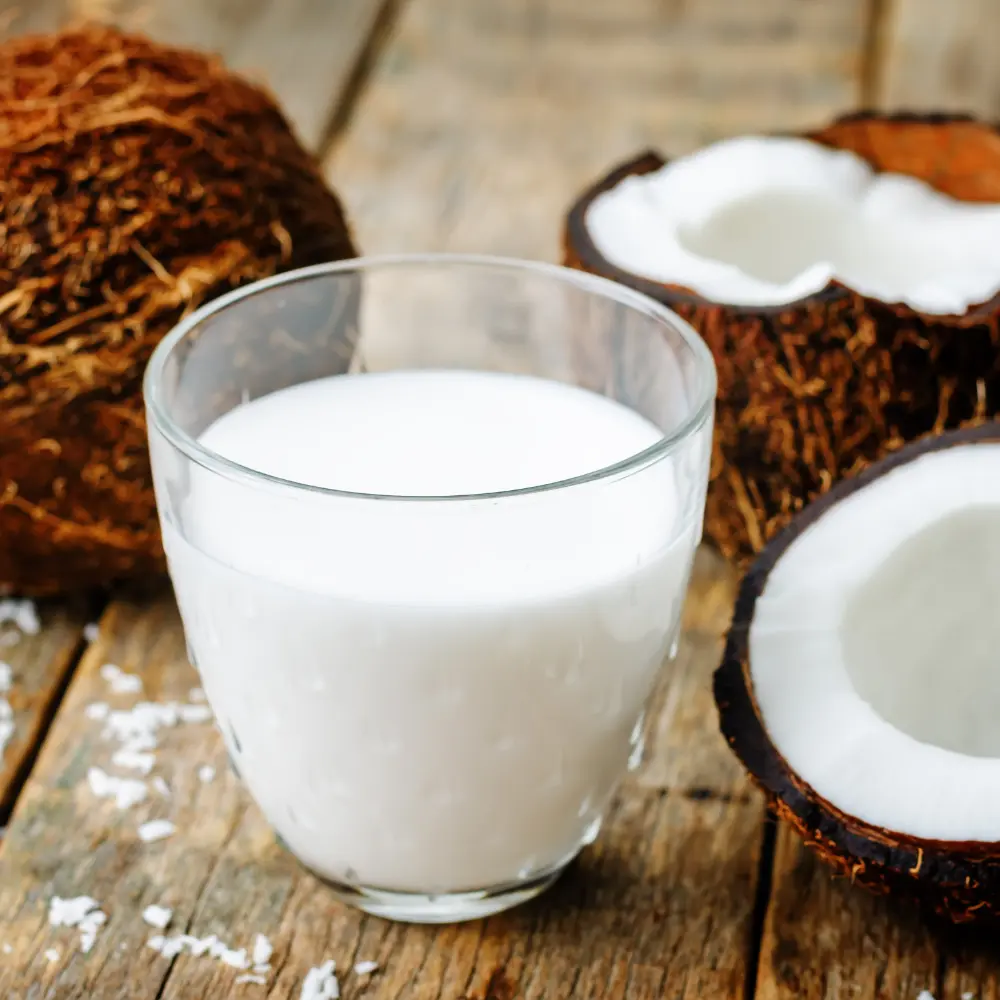
The rise of plant-based diets and dairy alternatives has significantly impacted coffee culture. From soy to almond, coconut to oat milk, there are now many options available for those who avoid dairy, are lactose intolerant, or simply prefer the taste of plant-based milk.
- Soy milk was one of the first popular alternatives. It froths well and offers a creamy texture, although its slightly nutty flavor may alter the coffee’s taste.
- Almond milk, with its slightly sweet, nutty flavor, is another popular choice, though it does not froth as well as other alternatives.
- Coconut milk adds a unique tropical twist to your coffee, with its creamy texture and slight sweetness.
- Oat milk has recently surged in popularity due to its creamy consistency and neutral flavor. However, it’s essential to note that not all oat milk behaves well when heated, and some oat milk can curdle if not used correctly.
Whether it’s a black, unadulterated Americano or a creamy, comforting latte, the choice between the two often comes down to your personal preference for dairy or its alternatives. Each option creates a different taste experience, allowing you to enjoy your coffee just the way you like it.
Nutritional Comparison: Americano vs. Latte
As the popularity of coffee continues to rise, so does the interest in understanding its nutritional impact. A comparison of an Americano vs a Latte can reveal significant differences in their nutritional content, largely due to their distinct compositions and the inclusion or exclusion of milk.
Caloric Content: Americano vs. Latte
The difference in caloric content between an Americano and a Latte can be substantial, predominantly owing to the latte’s milk component.
- An Americano, typically consisting of only espresso and water, is relatively low in calories. A standard serving contains virtually no fat or sugar, unless added by the consumer, and contains around 5-10 calories per serving.
- A Latte, on the other hand, due to the addition of milk, has a higher caloric content. Depending on the type of milk used, a typical serving of a latte may contain around 130-200 calories.
The Role of Milk in a Latte’s Nutritional Profile
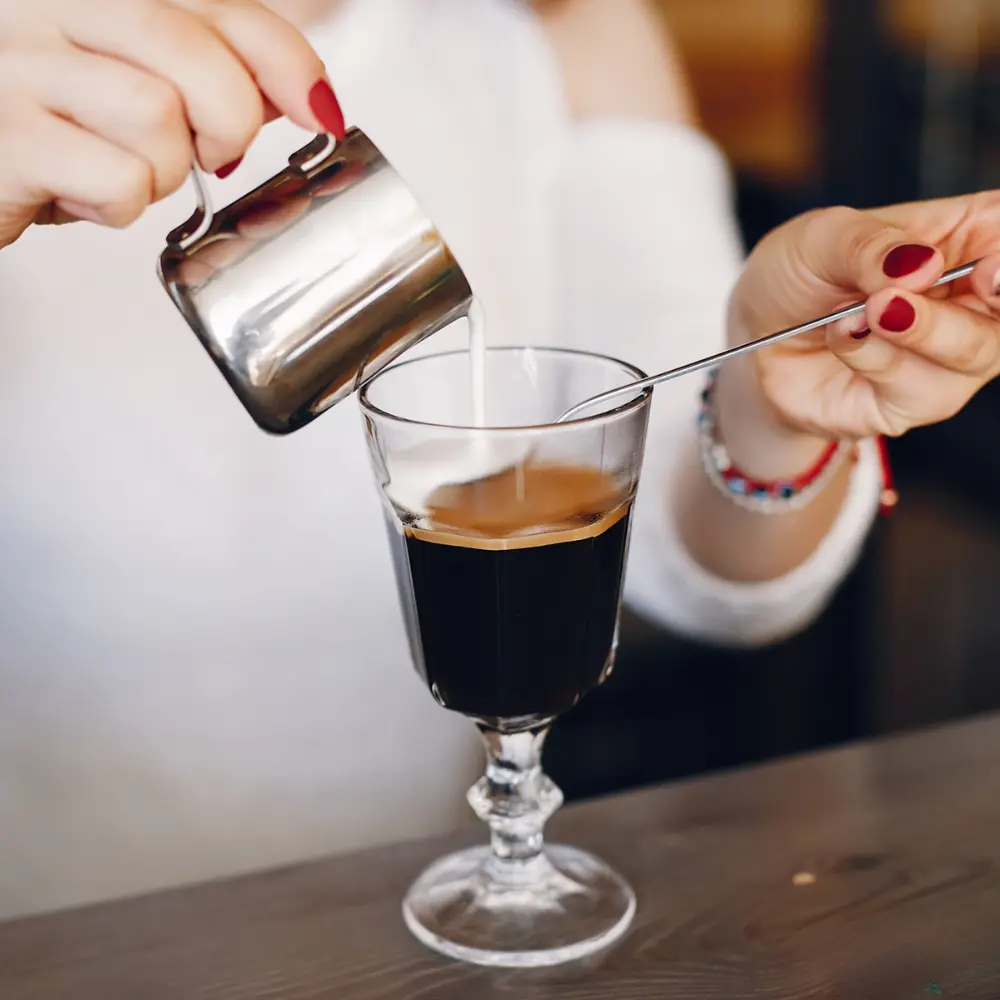
Milk plays a pivotal role in shaping the nutritional profile of a Latte. In addition to contributing to the caloric content, milk also brings proteins, sugars (lactose), and a variety of essential vitamins and minerals, such as calcium and Vitamin D.
- The type and amount of milk used can significantly impact the nutritional content. For instance, whole milk will increase the fat and calorie content compared to skim or low-fat milk.
- Similarly, plant-based milk alternatives can vary in their nutritional profile. For instance, almond milk typically has fewer calories than dairy milk but also less protein.
Americano vs Latte: Health Benefits and Considerations

While both Americanos and Lattes have their own set of nutritional attributes, it’s essential to consider the broader health implications of these beverages.
- Coffee, in general, is a great source of antioxidants, which are known for their potential health benefits including reducing inflammation and fighting free radicals. (3)
- Both drinks contain caffeine, with the content depending on the quantity and strength of the espresso used. Caffeine can boost alertness and cognitive performance in the short term but may also cause sleep disturbances if consumed in excess or later in the day.
- Lattes, due to their milk content, can contribute to your daily protein and calcium intake. However, they can also be high in calories and saturated fat, especially if made with whole milk or cream.
- Americanos are low in calories and fat, but they may be higher in acidity, which might not agree with everyone’s digestion.
To sum up, while there are distinct nutritional differences when comparing a Latte vs an Americano, the healthier choice depends on individual nutritional needs and preferences. Whether you opt for the creamy indulgence of a latte or the bold simplicity of an Americano, both beverages can fit into a balanced diet when consumed in moderation.
The Art of Coffee: Visual and Aesthetic Differences
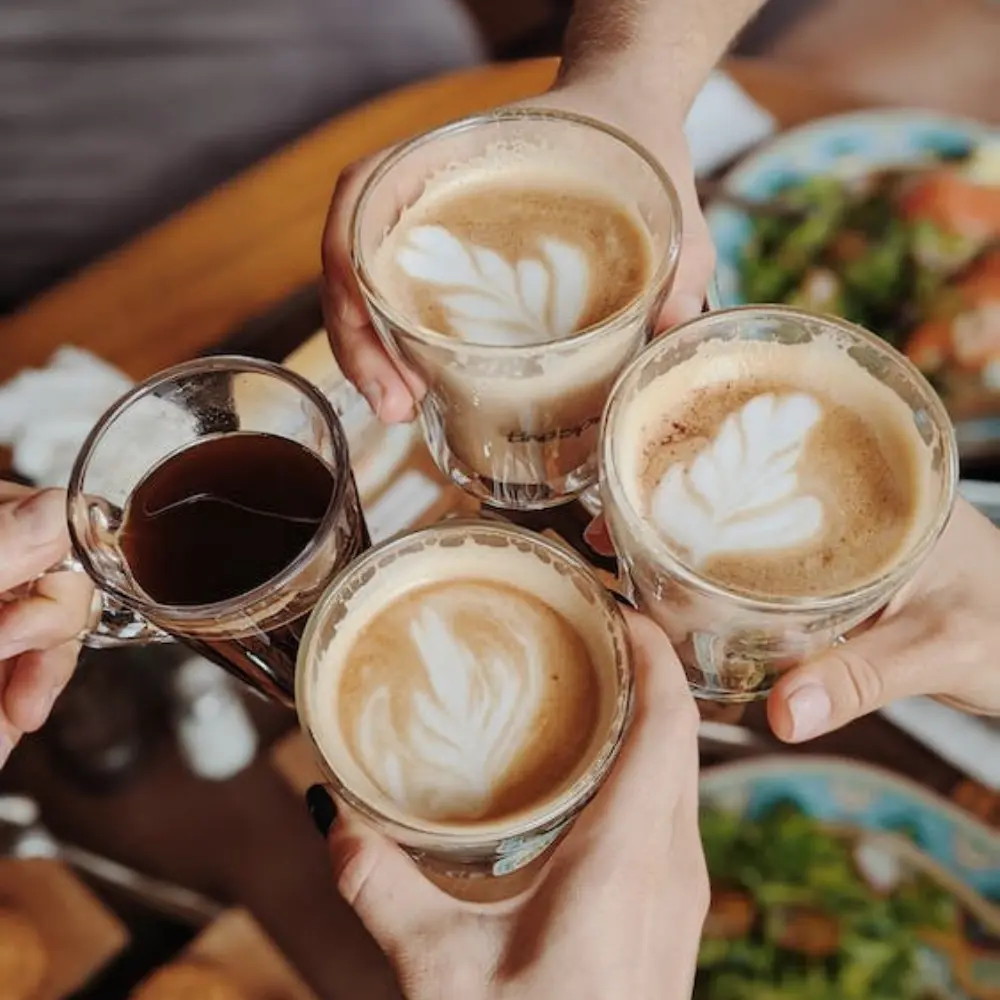
Coffee is not just about taste. The visual and aesthetic appeal plays an integral role in the overall coffee-drinking experience. When comparing an Americano and a Latte, the differences are as much in the cup as they are in the palate.
Understanding the Aesthetics of an Americano
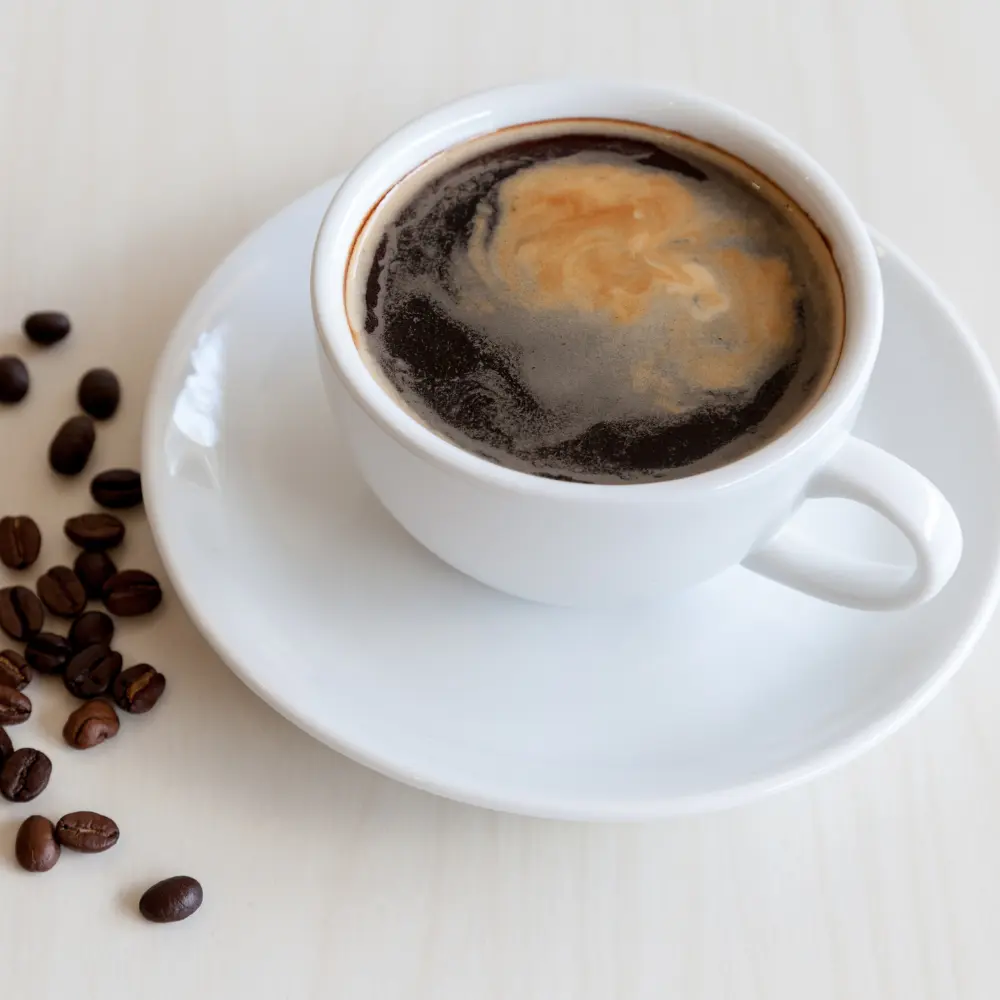
At first glance, an Americano might seem like a simple, unadorned coffee beverage. However, its beauty lies in its simplicity and its striking resemblance to traditional black coffee.
- An Americano typically showcases a deep, rich brown color, mirroring the intensity of the espresso within.
- The coffee crema – a thin layer of foam created from the high-pressure brewing of espresso – floats on top, providing a contrast to the dark liquid underneath. The presence and quality of the crema often signal a well-brewed espresso shot.
- When served in a clear glass or cup, an Americano offers an unobstructed view of its purity and clarity, inviting coffee enthusiasts to appreciate its bold character.
Latte Art: The Beauty in a Cup
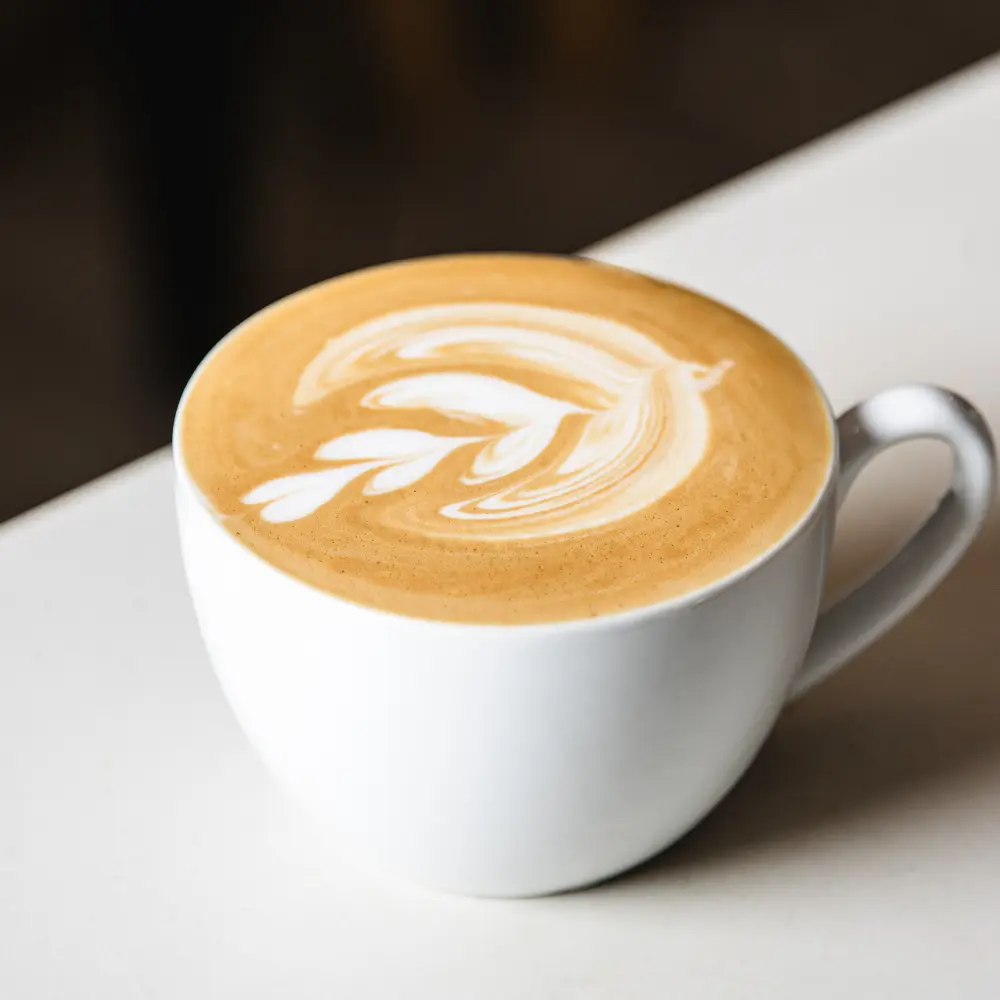
Lattes, on the other hand, take the visual appeal of coffee to another level with the inclusion of latte art. This creative expression turns each cup of latte into a unique work of art, enhancing the overall experience of enjoying this beloved beverage.
- The contrast between the white frothed milk and the dark espresso creates a canvas on which baristas can display their skills.
- From simple hearts and leaves to intricate designs and even 3D foam sculptures, latte art adds an element of surprise and delight to each cup.
- The artistry doesn’t only enhance the visual appeal but also signifies a well-made latte. The ability to create detailed art requires correctly frothed milk and a well-pulled
espresso shot, showcasing the barista’s skill and dedication.
The Impact of Presentation on Experience
While it might seem secondary to taste, the presentation of a coffee drink contributes significantly to the overall enjoyment.
- The anticipation built from seeing a beautifully presented Americano or a latte decorated with artful foam contributes to the overall sensory experience, engaging not just the taste buds, but the eyes as well.
- Coffee, especially in today’s culture, is more than just a beverage. It’s a ritual, a moment of indulgence, and often, a shared experience. A well-presented cup can enhance these moments, creating a more satisfying and memorable coffee experience.
Whether you prefer the elegant simplicity of an Americano or the creative expression of a latte, it’s clear that the visual and aesthetic differences contribute to the charm of these espresso-based beverages. It’s just another reason why exploring the world of coffee can be such a delightful and rewarding journey.
Americano vs Latte: The Culture and Experience
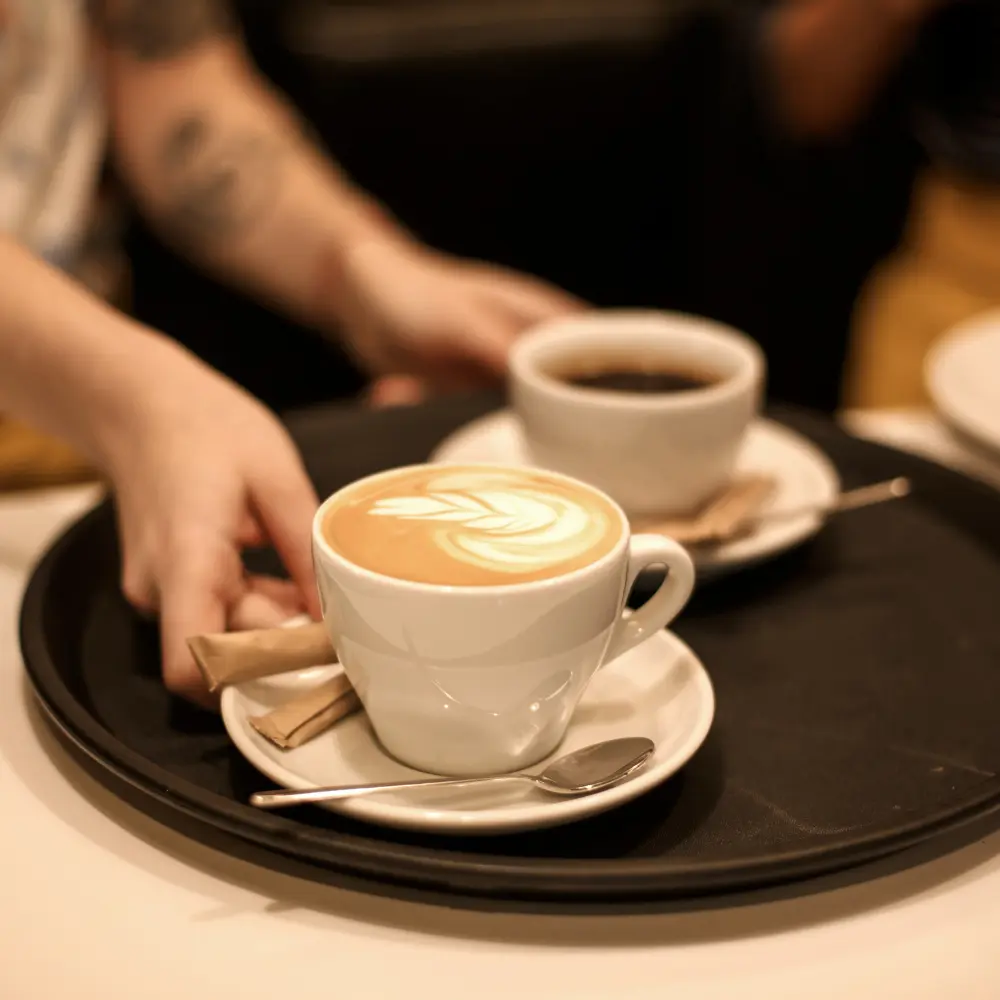
Coffee is much more than a beverage—it’s a culture, an experience, a ritual. The way we appreciate and consume our coffee, whether it’s an Americano or a Latte, is often steeped in traditions and cultural nuances. Let’s delve into the unique cultural aspects and experiences associated with these two popular coffee drinks.
Coffeehouses and the Americano Connection
The Americano has strong ties to the traditional coffeehouse culture. Its origins date back to the American soldiers stationed in Italy during World War II who diluted espresso shots with hot water to mimic the milder drip coffee they were accustomed to at home.
- The Americano quickly became a symbol of the old-school coffeehouse, a place for conversations, debates, and contemplation. Its strong, straightforward flavor often appealing to those seeking a bold, uncomplicated coffee experience.
- The Americano has also found its place in the line-up of the ‘eye’ coffees like the “red eye” (drip coffee with an added shot of espresso) or “black eye” (drip coffee with two shots of espresso), which provide a stronger caffeine kick for those in need of a powerful wake-up call.
Latte Art and Aesthetics: An Instagram Sensation

The Latte, on the other hand, has taken a more modern, aesthetic route in the age of social media. Lattes are as much a treat for the eyes as they are for the palate. The creativity baristas bring to latte art has turned these creamy beverages into Instagram sensations.
- A well-crafted latte with beautiful art is a visual delight, adding an extra layer of pleasure to the coffee-drinking experience.
- It’s not uncommon to see coffee lovers capturing the perfect shot of their lattes for Instagram, turning the act of coffee drinking into a shareable, social event.
- This visual appeal has played a part in making lattes one of the most popular espresso-based drinks, especially among younger coffee enthusiasts.
The Rituals and Social Aspects of Enjoying Both Drinks
The act of drinking coffee, whether it’s a Latte or an Americano, often involves a social component and can be a ritualistic experience.
- The tradition of reading the morning paper with a strong Americano, or catching up with friends over a round of lattes, are rituals that many coffee lovers enjoy.
- Coffeehouses have long been social hubs, and the choice of coffee often reflects the nature of the visit. A quick, intense Americano for a morning energy boost or a leisurely, comforting Latte during a relaxed chat are typical scenarios.
- The act of preparing these drinks, too, whether it’s the straightforward brewing of an Americano or the skillful artistry involved in creating a Latte, can be an important part of the ritual, adding to the overall coffee-drinking experience.
When comparing a Latte vs an Americano, the culture and experience are as much a part of the equation as taste and presentation. It’s the blend of tradition, ritual, and modern trends that make coffee drinking such a rich and varied experience.
The Americano vs. Latte Conclusion
As we have journeyed through the world of Americano and Latte, we’ve uncovered the unique aspects, cultural influences, and distinct tastes of these iconic espresso-based beverages. The Americano vs. Latte debate is not so much about which one is superior but more about understanding their individual characteristics and determining which one better suits your taste and lifestyle.
When you choose an Americano, you are choosing:
- A bold, intense coffee flavor that highlights the espresso in its purest form.
- A lower-calorie option that fits into many dietary considerations.
- A beverage that connects to traditional coffeehouse culture, providing a straightforward, uncomplicated coffee experience.
- The simplicity and purity of black coffee are reflected in its clear aesthetic appeal.
In contrast, when you opt for a Latte, you are choosing:
- A smoother, creamier flavor profile, tempered by the inclusion of milk.
- An opportunity to explore the creative realm of latte art, making each cup a unique work of art.
- A more modern, aesthetic coffee culture that thrives in the era of Instagram.
- A higher calorie and nutritional content due to the presence of milk, which can be a source of protein and calcium.
In essence, the difference between an Americano and a Latte lies in their composition, flavor profiles, and the experiences they offer. Whether you gravitate towards the strong, bold flavor of an Americano or the creamy, artistic appeal of a Latte is entirely a matter of personal preference. We encourage you to explore both these delightful beverages and find the one that resonates with your palate and lifestyle. Happy coffee exploration!
FAQ
What is the caffeine content in Americano compared to a Latte?
Generally, an Americano has slightly more caffeine than a Latte, because it contains more espresso and less dilution from milk.
How is an Americano made?
An Americano is made by diluting a shot (or more) of espresso with hot water.
Why is it called a "Latte"?
The term "Latte" comes from the Italian "caffè latte," meaning "milk coffee," referring to its blend of espresso and steamed milk.
Is a latte stronger than an Americano?
In terms of caffeine content, an Americano is usually stronger, but in flavor, a latte might taste less intense due to the presence of milk.
Can you make Latte art on an Americano?
Typically, Latte art is not made on an Americano, as it lacks the steamed milk surface that serves as a canvas for the art.
Which drink is more popular in Italy: Americano or Latte?
While both are enjoyed, in Italy, a caffe latte is often a breakfast drink, while the Americano-style coffee is less common given the Italian preference for undiluted espresso.
